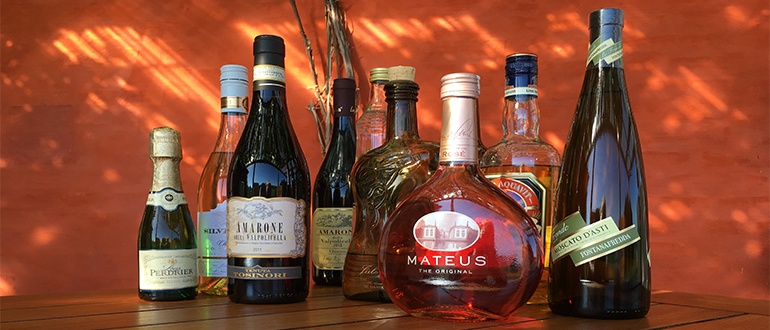Laila Ismail Dallal and Cecilie Østerskov Madsen
Master Thesis - Environmental Engineering - 2018
In Denmark, the packaging glass waste is primary collected for the purpose of being either recycled or re-used. Recycling of packaging glass waste includes glass cullet sorting and a re-melting process to produce container glass, whereas reuse includes sorting of glass bottles and a washing process. The purpose of proper glass waste management, meaning reuse and recycling, is to prevent potential environmental im-pacts. As all managing processes are related with environmental impacts including recycling and reuse, it is important to establish the most environmental friendly way of managing packaging glass waste.
An environmental assessment, Life Cycle Assessment (LCA), was performed for glass packaging waste (special focus at wine and spirit bottles) with a consequential perspective. The assessment was performed by using the tool SimaPro version 8.5.2.0, where potential environmental impacts related to the reuse and recycling process has been in focus. This is done in order to establish the most environmental friendly way of managing packaging glass waste. The environmental assessment was based on scenarios containing both reuse and recycling. In addition, potential related uncertainties were investigated by performing six sensitivity analysis, which were focused at the amount of other packaging glass waste such as jars etc., capturing of different type of whole wine and spirit bottles, and export of washed wine/spirit bottles. 4 impact categories has been chosen: Climate Change, Photochemical ozone depletion, Mineral, fossil & renewable resource depletion and Particulate Matter.
Overall, the highest potential environmental savings are found to be related with scenario 4, meaning reuse of wine and spirit glass bottles by collection of cubes and pallet boxes in supermarkets included in a deposit system.
Results of sensitivities analysis showed that focus should be placed at capturing more types of whole wine and spirit glass bottles, and be aware of the potential influence from export.
Overall, reuse of wine and spirit glass bottles would be the most environmental friendly way of managing this type of waste.
Collaborating Partners
Kroghs Flaskegenbrug A/S
Ardagh Glass Holmegaard A/S
